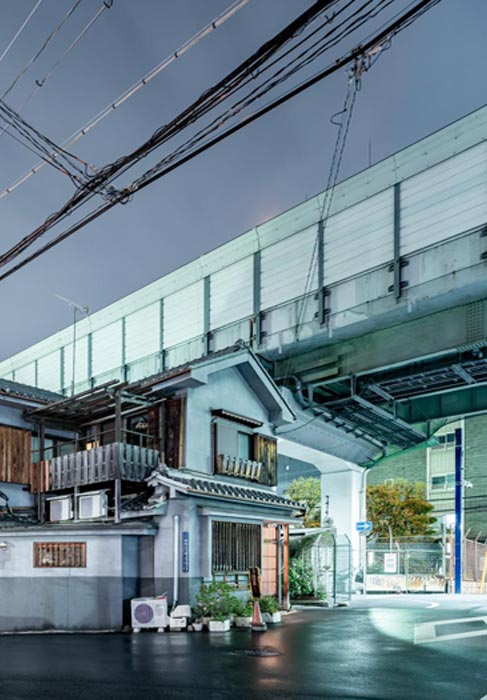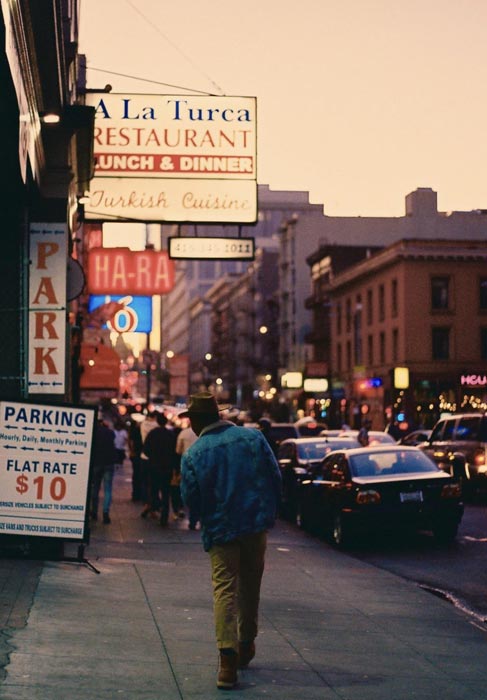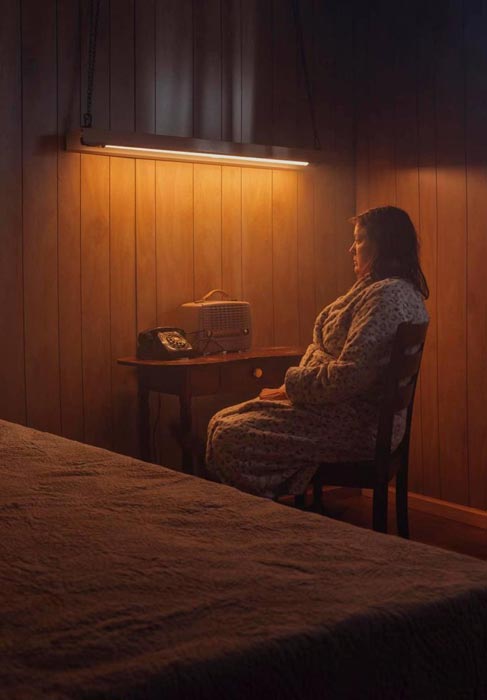Series Award Edition IX — 1st Prize:
CHARLES XELOT
WHITE WATER
PHOTOGRAPHY : CHARLES XELOT
EDITORIAL : LIFE FRAMER, PICTURA GALLERY & CHARLES XELOT
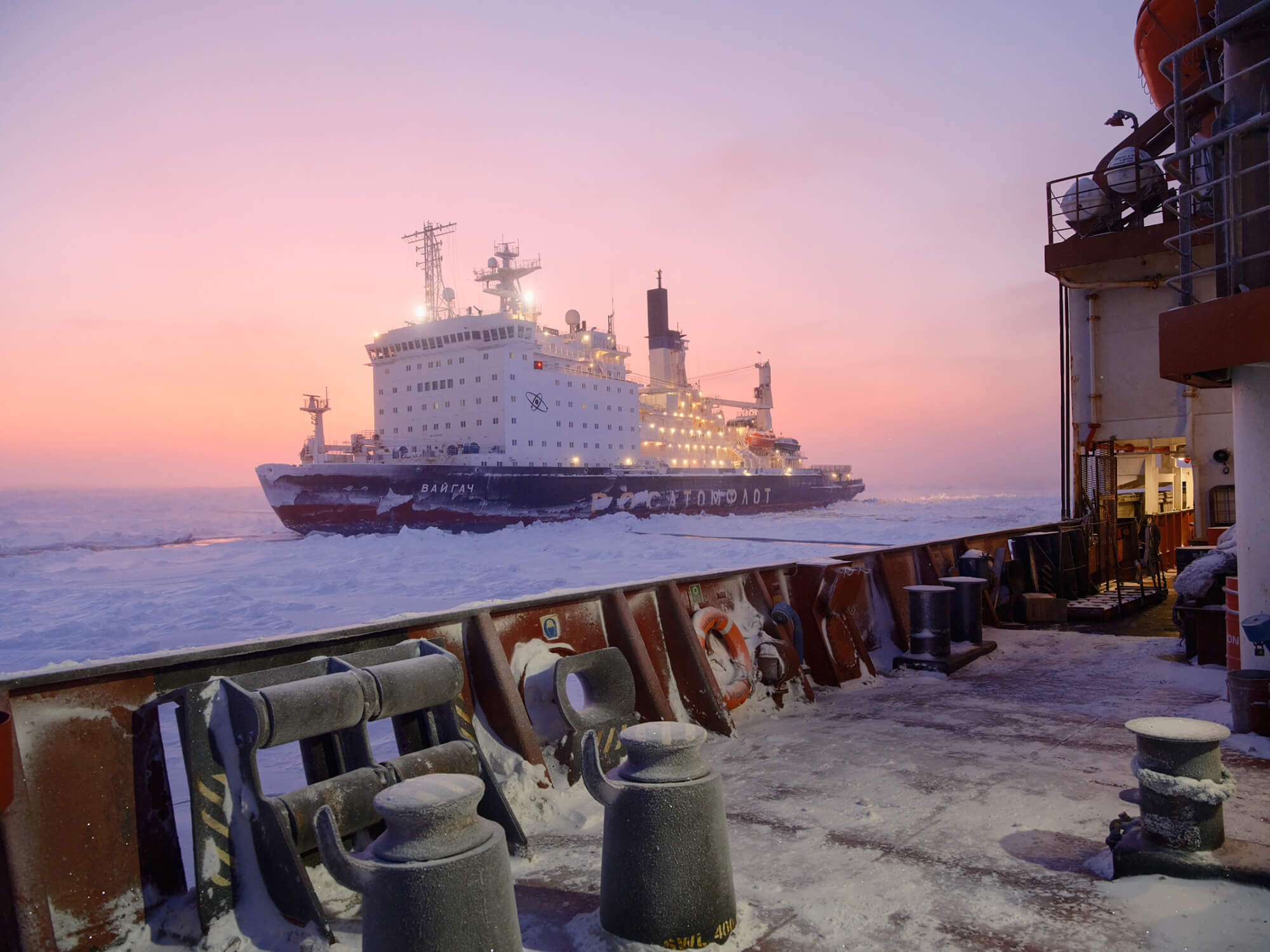
The nuclear powered icebreaker Vaygach.
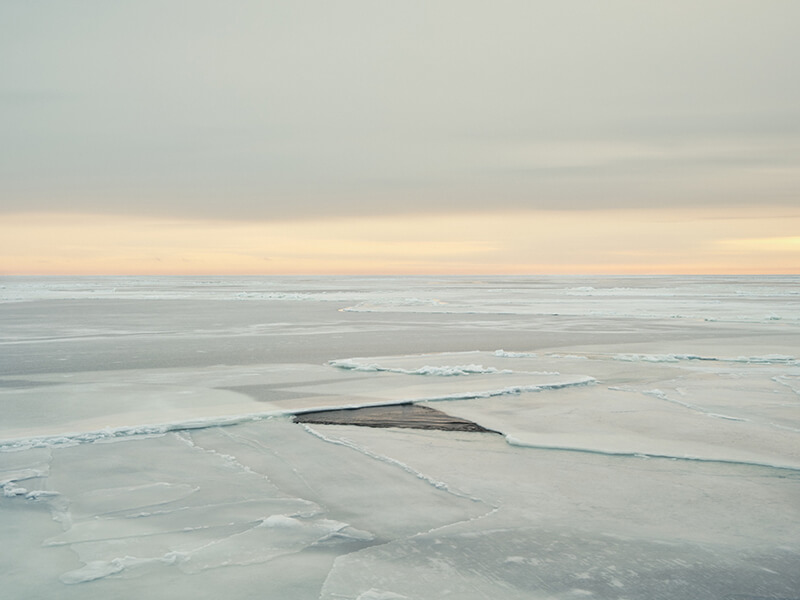
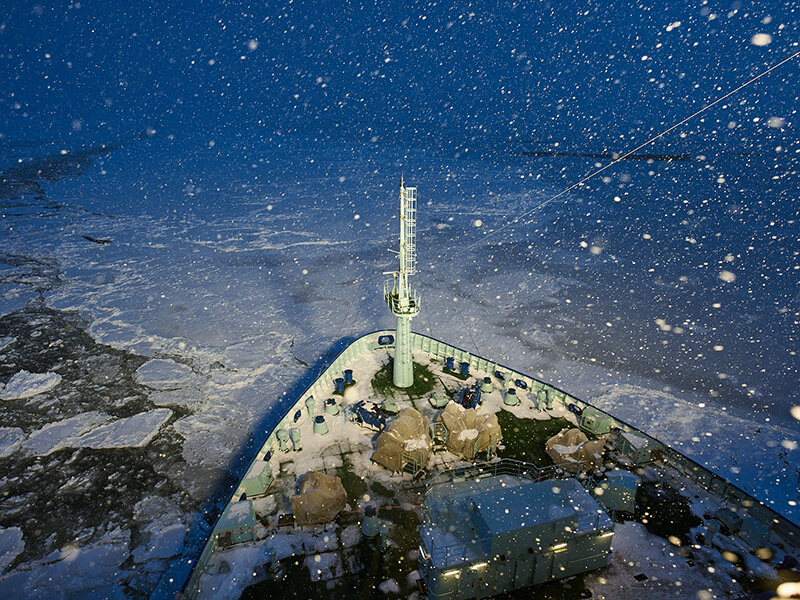
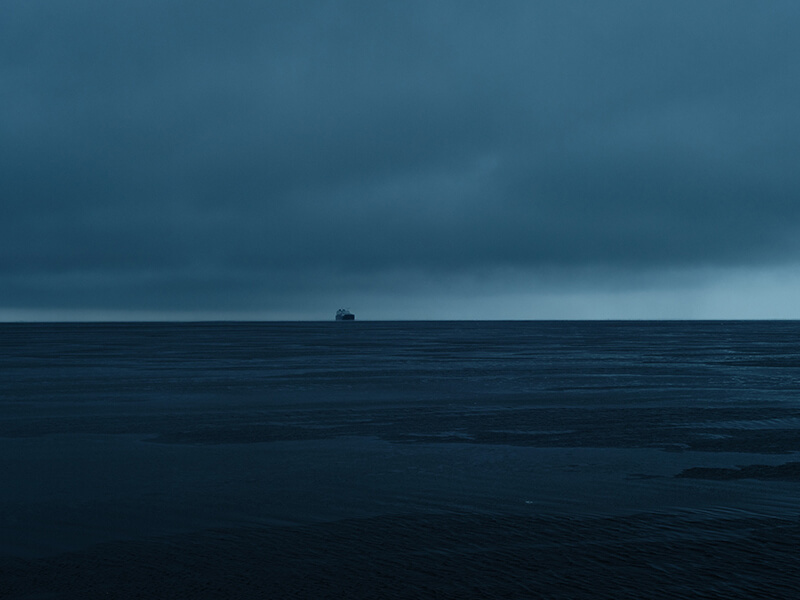
“The story that unfolds is one of contrast – the routine and the remarkable, the mundane and the monumental.”
We’re delighted to announce Charles Xelot as the winner of our Edition IX Series Award with his series White Water, judged by Lisa Woodward and Mia Dalglish, co-curators at Pictura Gallery in Bloomington, IN.
There are photographers who are large format magicians, and their ranks are small. Charles Xelot’s project White Water has the visionary scope that places him among them. It’s amazing when a photograph is capable of rendering something of massive scale, so that you really feel its size and weight. Xelot’s work succeeds in conveying the magnitude of the arctic sea and her vessels, and the gravity of the risk involved in crossing it.
In seeking to understand environmental concerns, White Water makes the physical difficulties of moving energy very real. The project is deep and resolved, and equal to the weight of its subject.
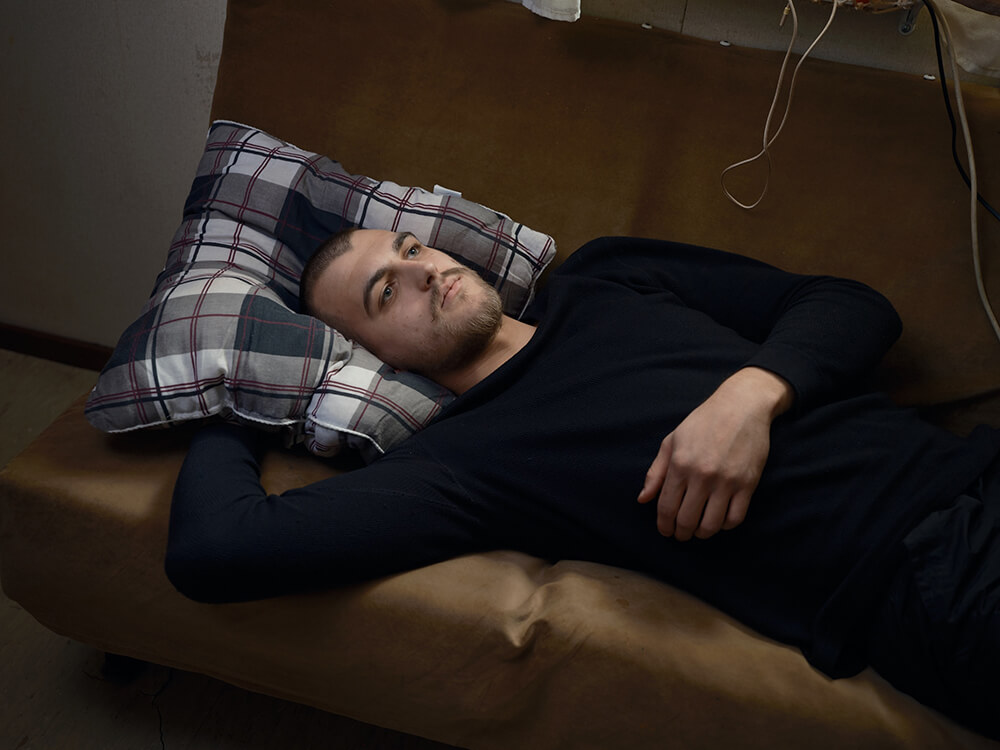
Valentin, sailor on the oil tanker Anabar, a few days after the start of the war in Ukraine, where he has family. He had stopped speaking and was always lost in his mind.
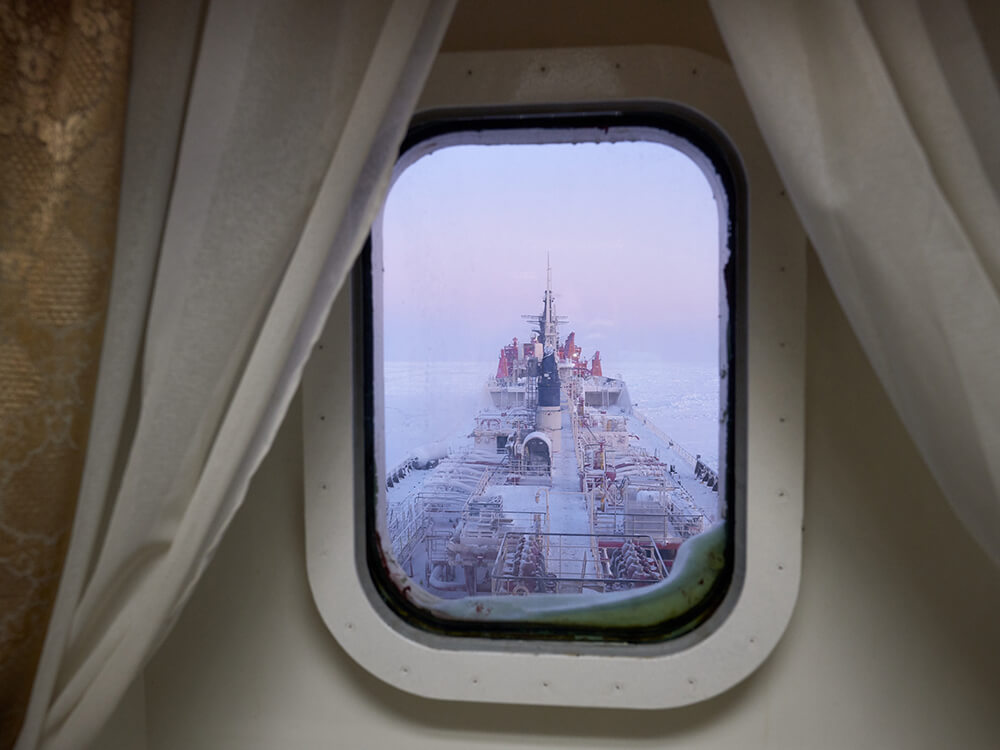
Anabar being towed by an icebreaker, from the seaman’s cabin.
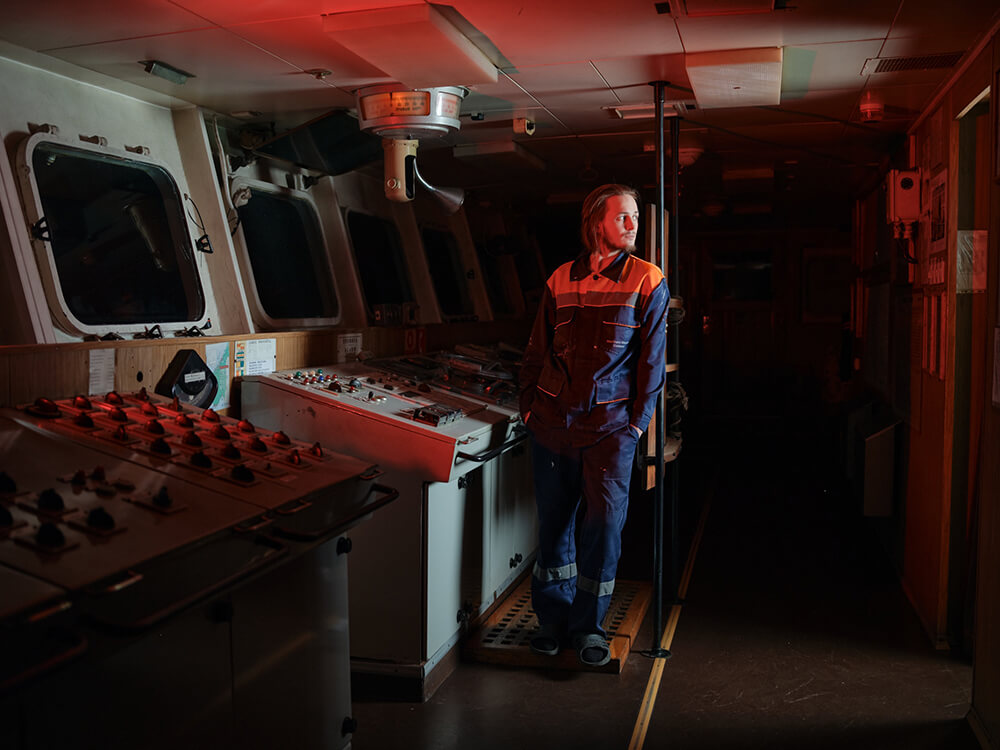
Denis, 22 years old, a seaman aboard the cargo ship Iohann Mahmastal.
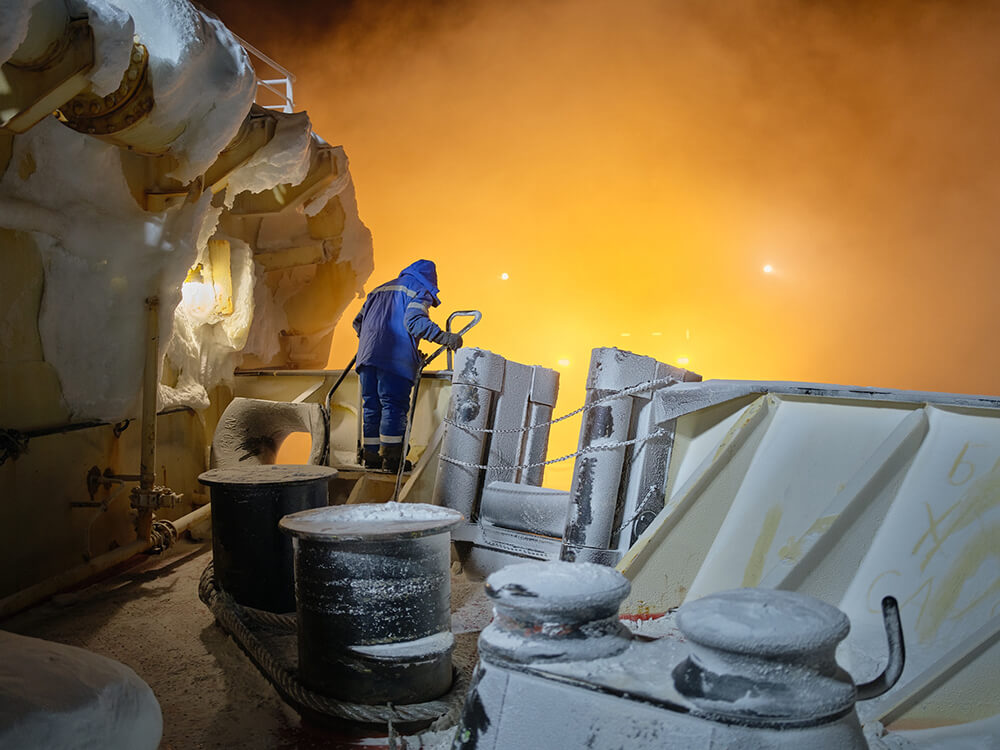
The crew of Anabar prepares to moor to the icebreaker.
White Water aims to capture the grandeur of the Arctic landscape and the intimate voyages of the seafarers wandering it. The story take place on the Northern Sea Route connecting the Atlantic Ocean to the Pacific Ocean along the coast of Scandinavia and Russia. My journey through this landscape becomes a conduit for the silent stories of these voyagers. The colossal ships they crew are a symbol of human prowess, navigating the same routes that have claimed many lives in the past, a constant reminder of the fine line between humanity’s might and nature’s indomitable will. We now live in an age of tourism and exploitation. Adventure has been tamed, rationalized, and organized. Commercial shipping has imposed its economic and safety standards.
The Arctic, while majestic, faces the dual shadows of resource exploitation and environmental fragility. As we celebrate the marvels of engineering that make such journeys possible, we cannot overlook the environmental challenges posed by the exploitation of Arctic resources – a delicate dance on the tightrope of sustainability.
The story that unfolds is one of contrast – the routine and the remarkable, the mundane and the monumental. I strived to reveal the inner landscapes of those who live a nomadic existence at sea, their lives marked by the same routines, companions, and boredom, yet each day offering a canvas of ever-changing hues, from the darkest greys to the most luminous whites.
The personal narratives are marked by a world in flux. The recent conflict in Ukraine casts long shadows, even here, where the psychological toll is visible in the eyes of these seafarers. The war’s impact transcends boundaries, affecting the morale and emotional landscape of those caught in its wake, reminding us that no space is too remote to escape the echoes of global events.
White Water thus reflects on personal quests set against humanity’s broader narrative, including the psychological reverberations of distant conflicts on these silent voyagers.
– Charles Xelot
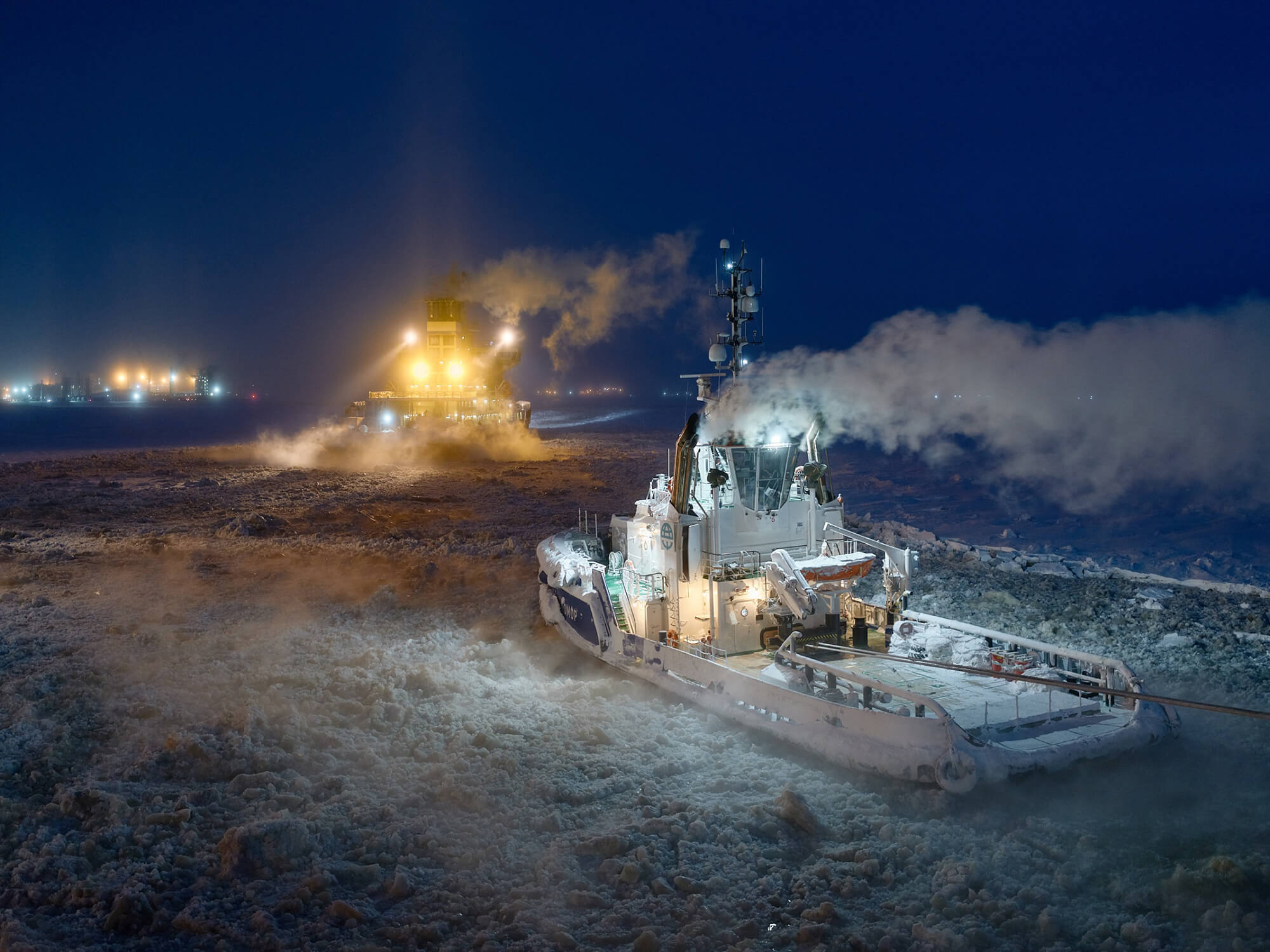
In the port of the Yamal LNG 2 project, watching a tug boat tow the oil tanker Anabar.
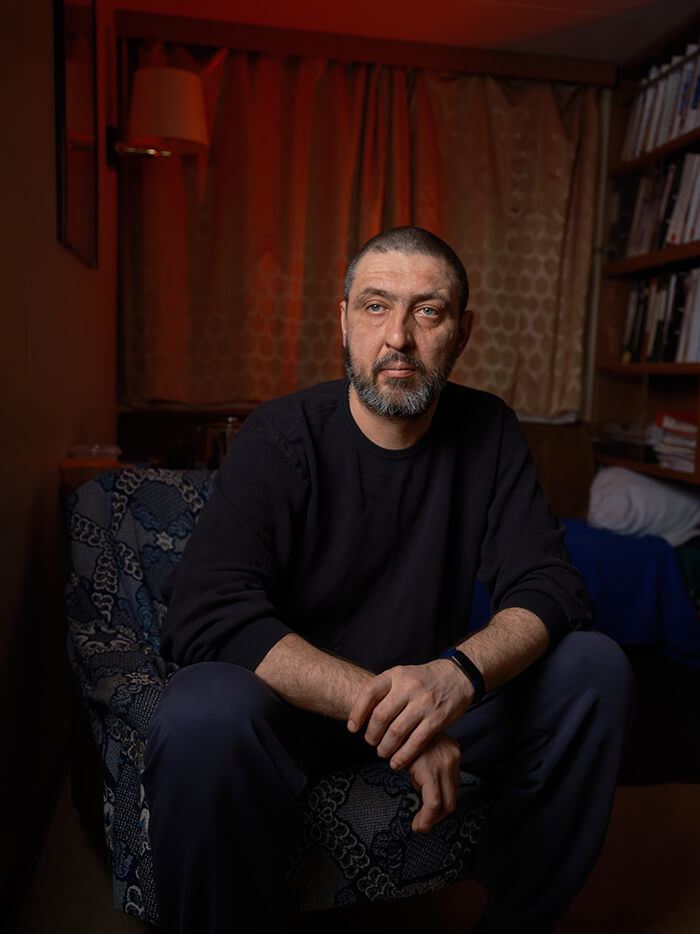
Dima, electrical engineer, in his cabin aboard the oil tanker Anabar.
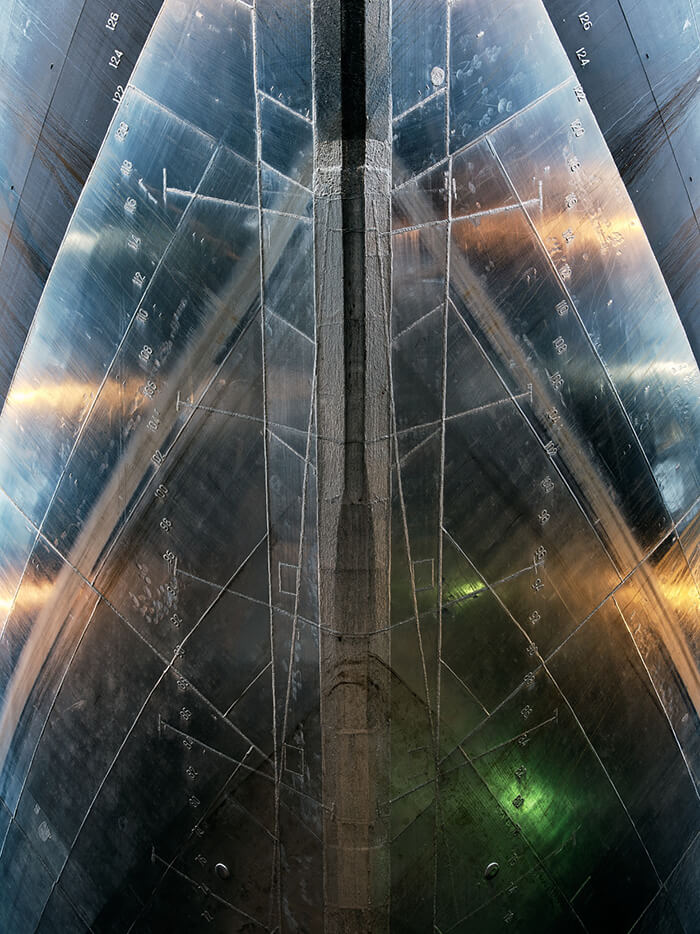
The hull of a nuclear powered icebreaker in a dry dock in Murmansk.
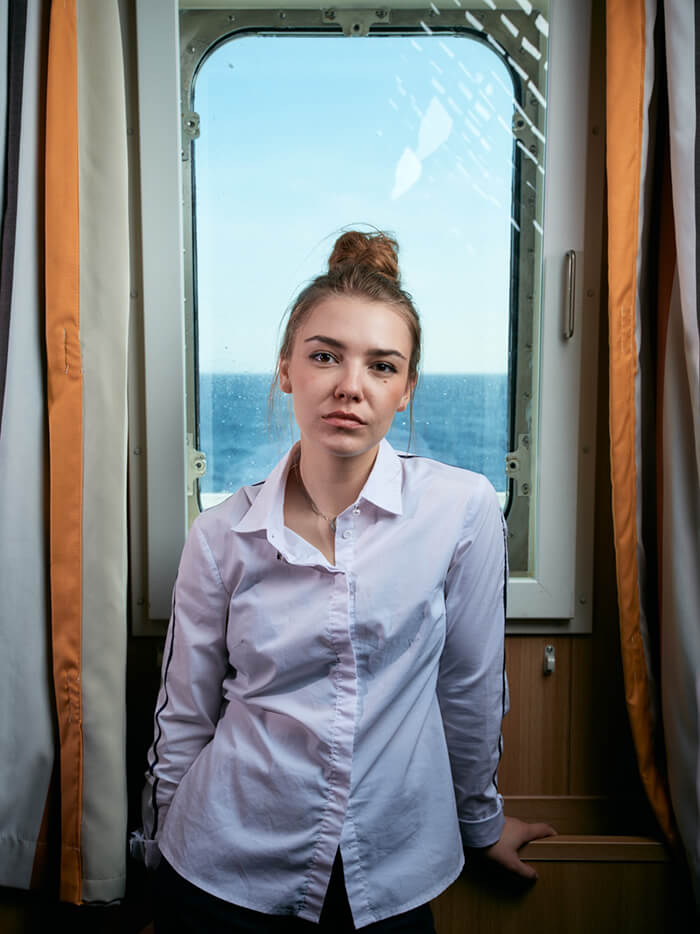
Katya, chef aboard the LNG polar tanker Christophe de Margerie.
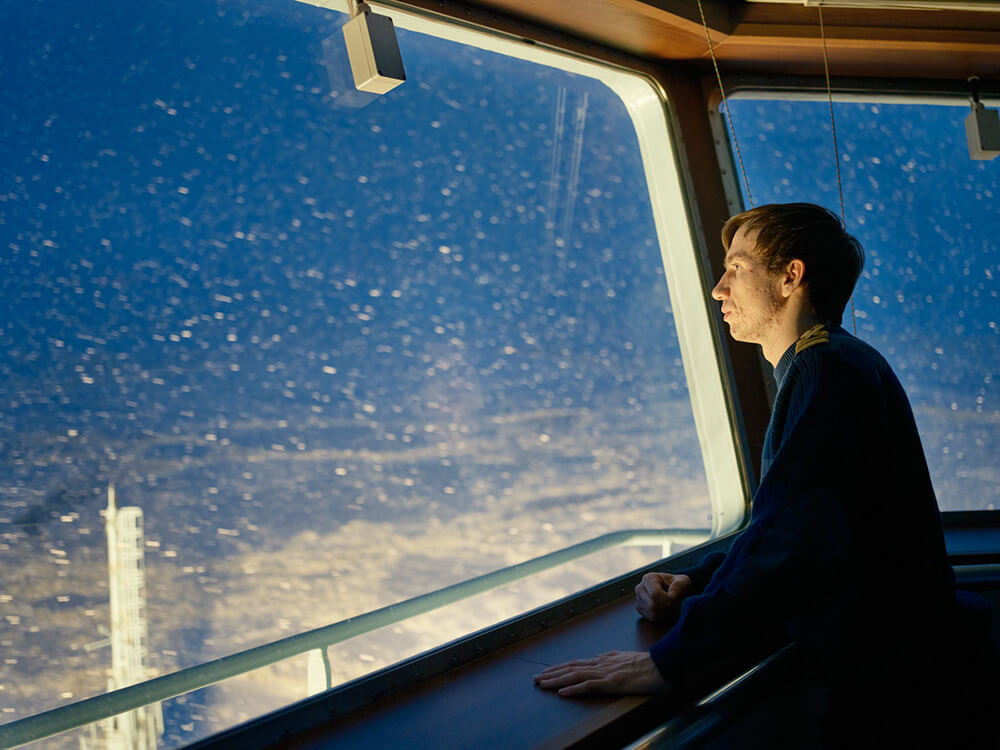
Vitali, 22 years old, a cadet on the nuclear powered icebreaker Arktika.
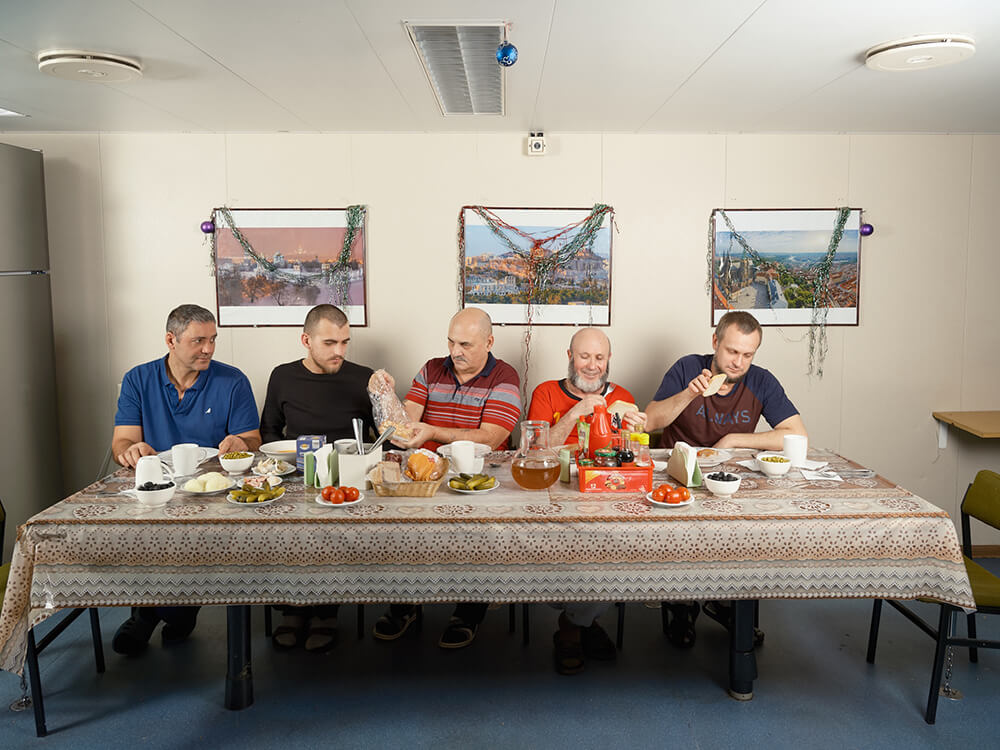
Dinner onboard the oil tanker Anaba. Yuri, the captain, sits in the middle and distributes bread to the crew.
Xelot has an excellent sense for lighting. His images play out a drama, where extraordinary natural light clashes with the high powered man-made illumination from the ships. Xelot’s prowess with his tools is combined with a sensitivity to the inner lives of the sailors. Inside the vessels, the images scale down to the tight living quarters of the crew. The close stillness of the portraits conveys the emotional landscape of sailors who live for months drifting through the ice. The breadth of the project is both grand and intimate.
The presiding jury
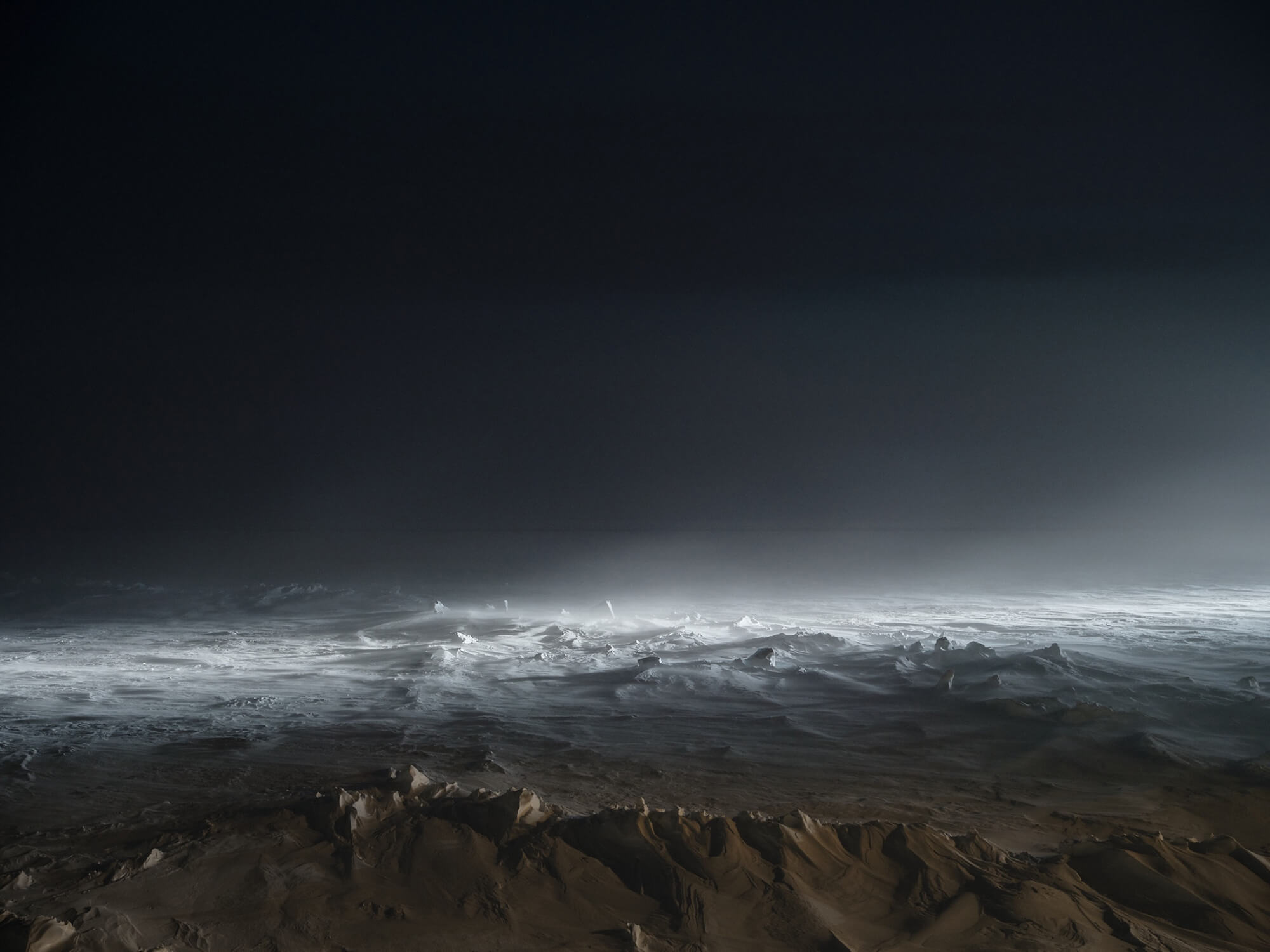
Icebreaker light in the Kara sea.
